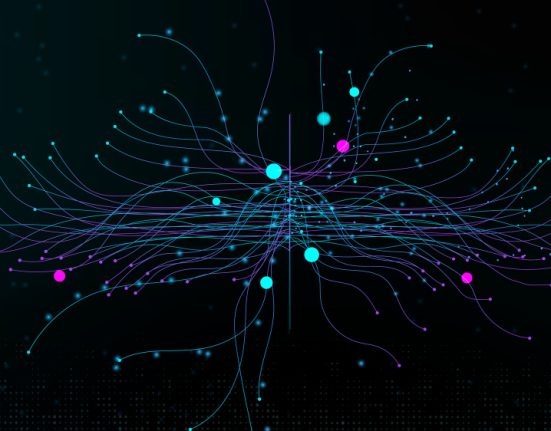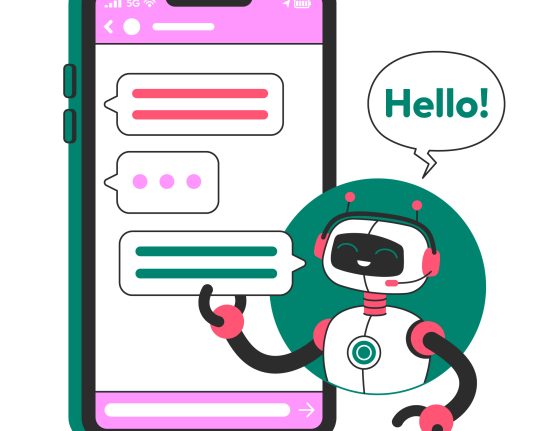In the ever-evolving landscape of artificial intelligence, chatbots have emerged as a groundbreaking innovation, revolutionizing the way businesses interact with customers. From their humble beginnings as simple rule-based systems to today’s sophisticated AI-powered conversational agents, chatbots have become indispensable tools for customer service. This blog explores the evolution, underlying technologies, and significant benefits of AI-powered chatbots in transforming customer experiences.
The Evolution of Chatbots
The journey of chatbots began in the 1960s with ELIZA, a rudimentary natural language processing (NLP) program designed to simulate a psychotherapist. While groundbreaking for its time, ELIZA relied on scripted responses and lacked true understanding. Fast forward to the late 1990s and early 2000s, chatbots like SmarterChild on AOL Instant Messenger began to incorporate more interactive features, serving as precursors to modern conversational agents.
The advent of AI and machine learning (ML) has propelled chatbots into a new era. Today’s AI-powered chatbots leverage advanced algorithms to understand context, interpret user intent, and provide meaningful responses. They are no longer limited to predefined scripts but can learn and adapt over time, making them invaluable in delivering personalized customer experiences.
Technologies Behind AI-Powered Chatbots
The sophistication of modern chatbots is underpinned by a combination of cutting-edge technologies:
- Natural Language Processing (NLP): NLP enables chatbots to understand and interpret human language. Techniques like sentiment analysis, entity recognition, and machine translation allow chatbots to grasp the nuances of user queries and respond appropriately.
- Machine Learning (ML): Machine learning models empower chatbots to improve their performance over time. By analyzing past interactions, chatbots can refine their responses and predict user needs more accurately.
- Natural Language Understanding (NLU): A subset of NLP, NLU focuses on understanding the intent behind a user’s input. This capability helps chatbots provide contextually relevant and actionable responses.
- Conversational AI Frameworks: Frameworks like Google Dialogflow, Microsoft Bot Framework, and Rasa provide developers with tools to build and deploy sophisticated chatbots. These platforms integrate NLP, NLU, and dialogue management systems.
- Integration with Backend Systems: Chatbots are often connected to Customer Relationship Management (CRM) systems, databases, and other enterprise software, enabling them to fetch real-time information and complete tasks such as order tracking or account updates.
Benefits of AI-Powered Chatbots in Customer Service
The adoption of AI-powered chatbots has reshaped customer service by offering several compelling advantages:
1. 24/7 Availability
One of the most significant benefits of chatbots is their ability to provide round-the-clock customer support. Unlike human agents, chatbots can operate tirelessly, ensuring customers receive assistance whenever they need it.
2. Cost Efficiency
Chatbots significantly reduce operational costs by handling high volumes of routine queries. This allows businesses to allocate human resources to more complex tasks, enhancing overall productivity.
3. Instant Responses
Modern consumers value quick solutions. Chatbots provide instantaneous responses to queries, minimizing wait times and improving customer satisfaction.
4. Personalized Interactions
Leveraging AI and ML, chatbots can deliver highly personalized experiences. By analyzing user data and interaction history, they can recommend products, provide tailored solutions, and anticipate customer needs.
5. Scalability
AI-powered chatbots can handle multiple interactions simultaneously, making them ideal for businesses experiencing rapid growth or seasonal spikes in customer inquiries.
6. Multilingual Support
With NLP capabilities, chatbots can converse in multiple languages, making them invaluable for businesses with a global customer base.
7. Improved Accuracy and Consistency
Unlike human agents, chatbots provide consistent responses, eliminating the risk of miscommunication or human error. They ensure that customers receive accurate information every time.
8. Enhanced Data Collection and Insights
Chatbots can collect and analyze user interaction data, offering valuable insights into customer behavior and preferences. This information helps businesses refine their strategies and improve service delivery.
Use Cases in Customer Service
AI-powered chatbots have found applications across various industries, transforming customer service in unique ways:
- E-commerce: Chatbots assist customers with product recommendations, order tracking, and returns, creating a seamless shopping experience.
- Banking and Finance: They help users manage accounts, answer questions about transactions, and even guide them through complex processes like loan applications.
- Healthcare: Chatbots in healthcare offer appointment scheduling, medication reminders, and basic health advice, reducing the burden on medical staff.
- Travel and Hospitality: From booking flights to providing real-time travel updates, chatbots enhance convenience for travelers.
Challenges and the Future of Chatbots
Despite their numerous advantages, chatbots face challenges such as:
- Understanding Complex Queries: Handling ambiguous or highly complex user queries remains a hurdle for many chatbots.
- Maintaining Human Touch: While chatbots excel at automation, they sometimes lack the empathy and emotional intelligence of human agents.
- Data Privacy Concerns: Collecting and storing user data raises concerns about privacy and compliance with regulations like GDPR.
Looking ahead, advancements in AI are expected to address these challenges. The integration of emotional AI, improved NLP models like GPT-4 and beyond, and tighter security measures will make chatbots even more effective and trustworthy.
Conclusion
AI-powered chatbots have redefined customer service, offering businesses an efficient and scalable way to engage with their audiences. By leveraging advanced technologies such as NLP, ML, and conversational AI frameworks, chatbots provide personalized, instant, and consistent support that enhances customer satisfaction. As these technologies continue to evolve, chatbots will play an even more integral role in shaping the future of customer interactions. Embracing this innovation not only improves operational efficiency but also ensures businesses stay competitive in an increasingly digital world.














Leave feedback about this